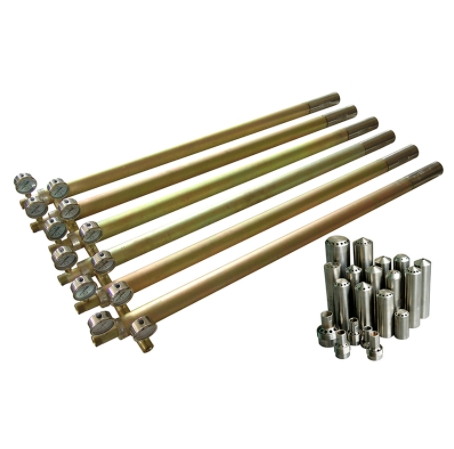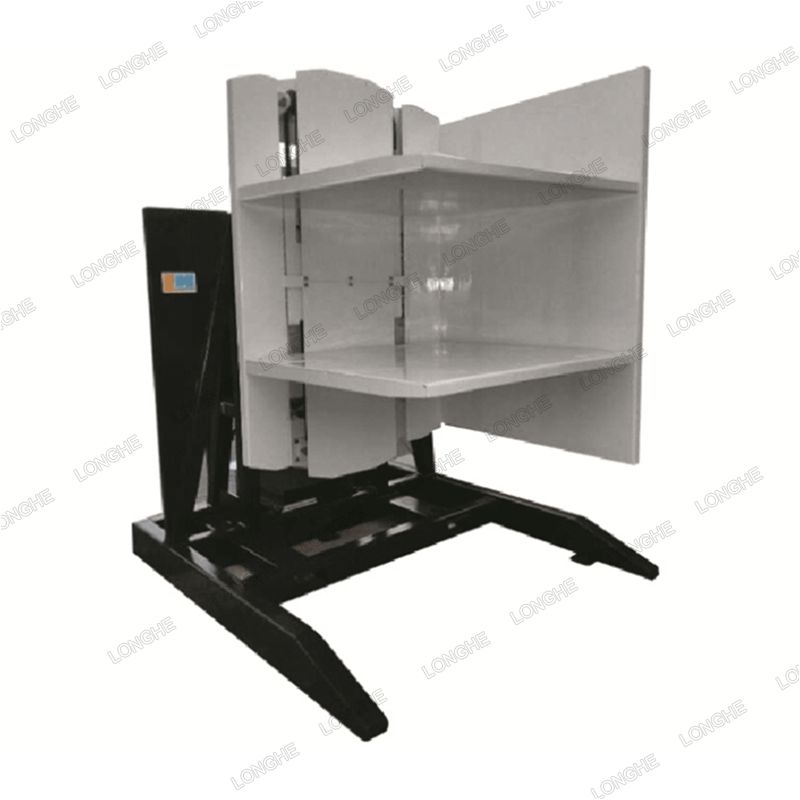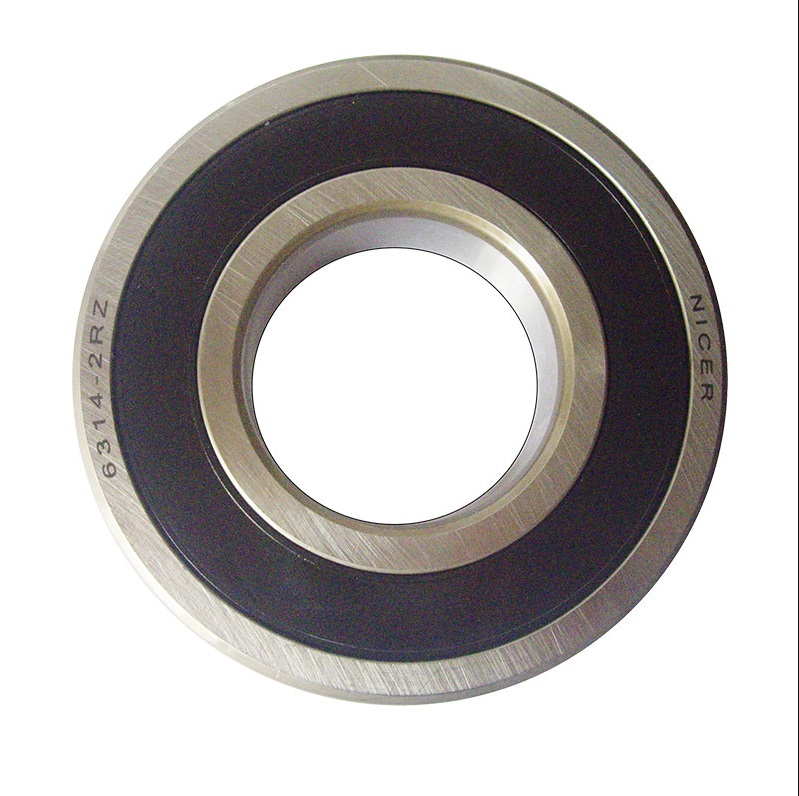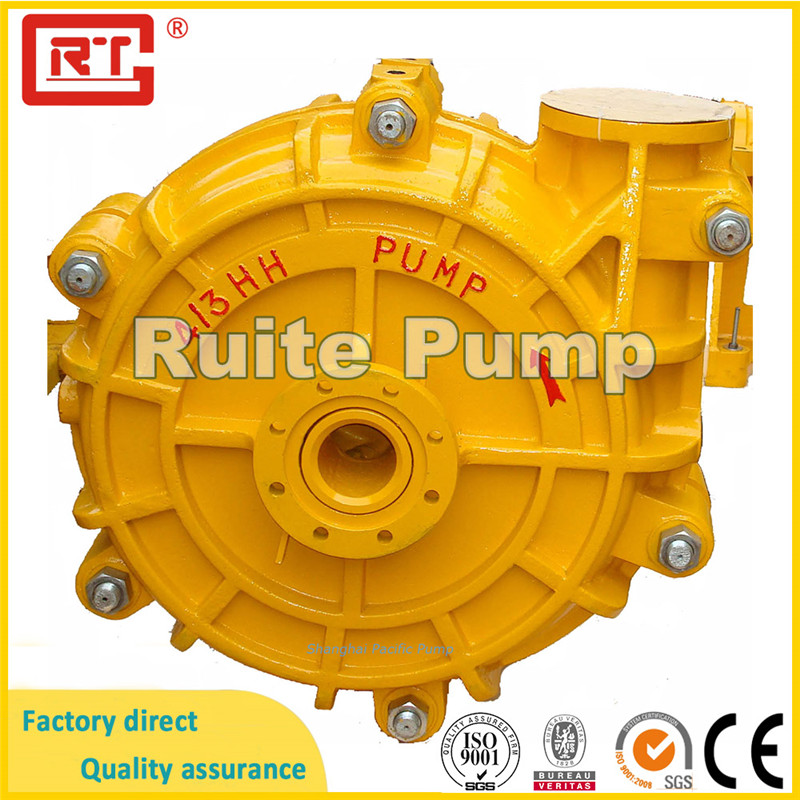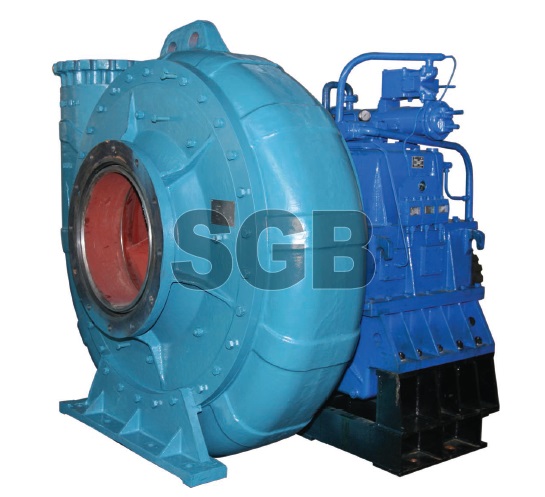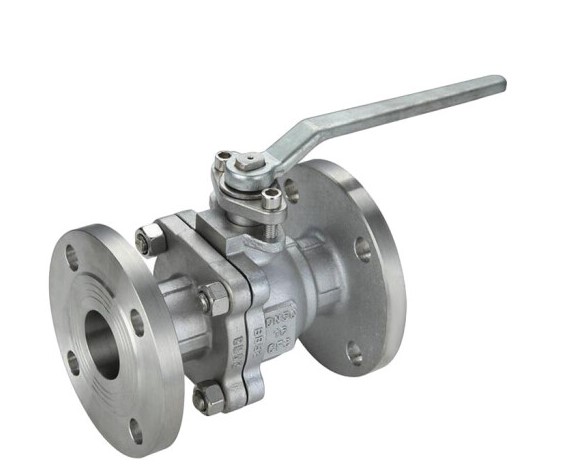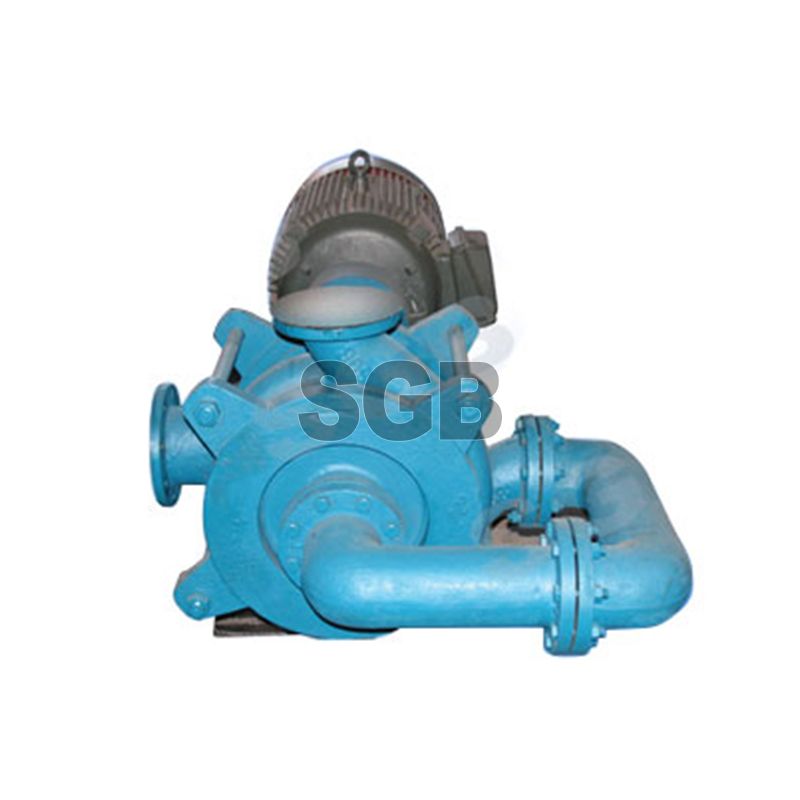What is the difference between oil burner nozzles?
Oil burners are devices that are used to heat homes and buildings by burning oil. These burners work by spraying oil into a combustion chamber, where it is ignited and produces heat. The efficiency and effectiveness of an oil burner depend on various factors, including the nozzle used in the burner.
Oil burner nozzles are an essential component of the burner system. These nozzles are responsible for controlling the flow rate and atomization of the fuel oil. Different types of oil burner nozzles are available on the market, and each type has unique features that affect the performance of the burner.
The primary difference between oil burner nozzles is their spray angle. The spray angle refers to the degree at which the fuel oil is atomized and sprayed into the combustion chamber. The most common spray angles for oil burner nozzles are 45, 60, 80, and 90 degrees. The choice of spray angle depends on the design of the combustion chamber and the fuel oil being used.
Another factor that differentiates oil burner nozzles is their flow rate. The flow rate is the amount of fuel oil that passes through the nozzle per hour. The flow rate of the nozzle must be matched to the heating requirements of the building. A nozzle with a high flow rate will produce more heat, while a nozzle with a lower flow rate will produce less heat.
Recommended article:What are Major Functions of an I/O Module?
Features and Functionality Off-Highway Vehicle Controller
5 Benefits of Water Pressure Regulators
Ethernet flow control
What does a valve do in a valve port?
Black Stainless Steel Appliances: Pros, Cons, and Top Brands
What to do if your vehicle stalls on tracks?
The size of the orifice in the nozzle also affects its performance. The orifice size is the diameter of the hole through which the fuel oil passes. The size of the orifice determines the amount of fuel oil that can pass through the nozzle per hour. A smaller orifice size will produce a finer mist of fuel oil, which will improve the atomization and combustion of the fuel.
Finally, the material of the nozzle also affects its performance. Nozzles are typically made of brass, stainless steel, or ceramic. Brass nozzles are the most common and are suitable for most oil burner applications. Stainless steel nozzles are more durable and resistant to corrosion, making them ideal for use with biofuels. Ceramic nozzles are more expensive but are highly resistant to wear and are suitable for heavy-duty applications.
In conclusion, oil burner nozzles are critical components of oil burner systems. The choice of nozzle depends on the design of the combustion chamber, the flow rate of the fuel oil, and the heating requirements of the building. The spray angle, flow rate, orifice size, and material of the nozzle all affect the performance of the burner. It is important to choose the right type of nozzle to ensure the efficient and effective operation of the oil burner. We are oil burner nozzles suppliers, If you need, please contact us.
Proper Valve Identification and Labeling Standards and Tips
How efficient is the electric steam boiler?
Choosing the Right Activated Carbon Filter for Your Needs
How DC Inverter Heat Pumps Work: A Comprehensive Guide
Mud Desander: Enhancing Drilling Fluid Management in Oil and Gas Operations
Choosing the Right Diesel Engine for Your Vehicle or Equipment
Types of Butterfly Valves and Their Functions


